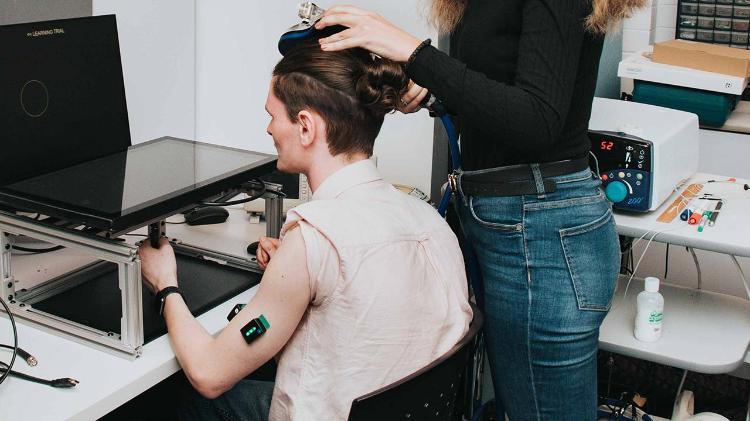Our researchers are dedicated to understanding the role of cortical and subcortical motor pathways in enhancing our movement repertoire during childhood development, adult learning and rehabilitation. Our research provides new knowledge and tools for rehabilitation specialists working in the fields of balance and posture control.
Research themes
Neuromotor Adaptation Laboratory
Neural control of limb/body stability
- Cortical and brainstem contributions to predictive movement planning
- Brainstem contributions to rapid postural responses
- Brainstem contributions to arm movement
- Inducing plasticity in the spinal cord
This project will increase our understanding of the neural pathways involved in predictive movement planning. We often interact with objects in our environment that offer more (walls, tables) or less (chair with wheels) postural support. Successful interactions with different objects require us to plan our movements based on a prediction of the support available from them. We are using 3D motion capture, force plates and electromyography to determine how different levels of object stability affect our movement plans and whether our ability to predict object dynamics changes with age. Knowledge gained from this project has the potential provide insights into how our movement planning and execution processes are altered by aging and balance disorders, and how they might play a role in fall prevention.
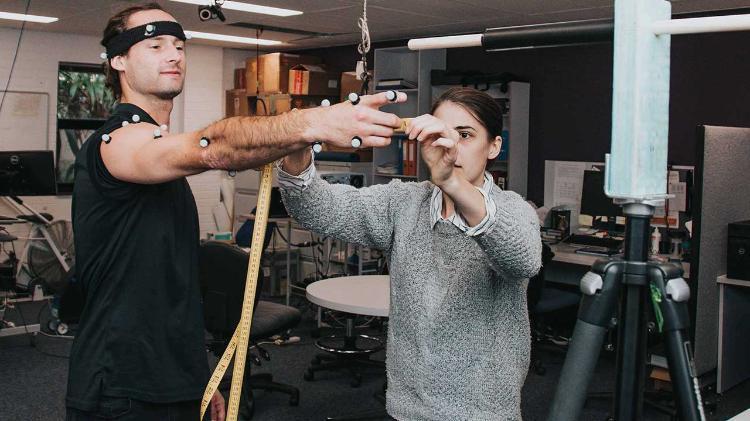
Many falls suffered by older adults stem from a reduction in the speed and quality of their most rapid reactions to balance disturbances. In collaboration with Associate Prof Colum MacKinnon (University of Minnesota), we are assessing the role played by the most evolutionarily ancient part of the human brain – the brainstem – in reacting to rapid disturbances of upright balance. We use auditory, electrical and magnetic stimulation of the brainstem and cortex to determine how and when the different descending neural pathways contribute to producing and shaping these important reactions. By understanding the neural structures involved in the rapid restoration of balance we hope to inform the development of more effective preventative therapies for reducing fall risk in older adults and people with balance disorders.
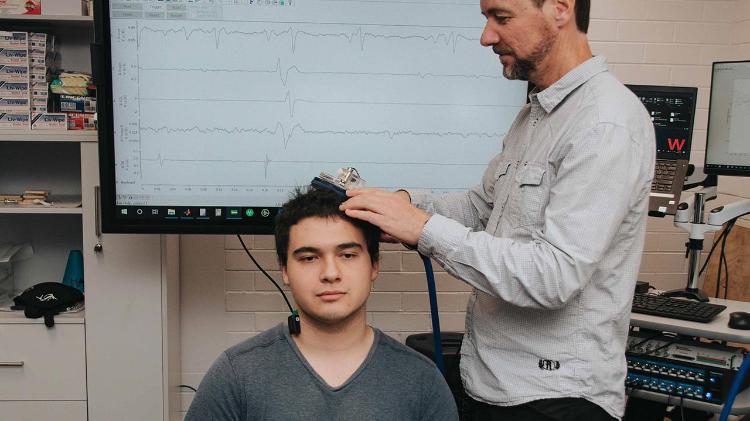
It is widely understood that the wide array of dexterous actions humans are able to carry out with their arms and hands is underpinned by high resolution control commands from the neocortex. It has recently been demonstrated however, that neural projections from the brainstem to arm and hand muscles also allow subcortical regions of the brain to play a role in these movements. In this line of research, we are developing probes of brainstem motor function and using those probes to discover the extent to which regions of the human brainstem are capable of producing coordinated arm movements. This information could be used to develop therapeutic techniques that specifically target intact brain regions to enhance arm and hand function following brain injury.
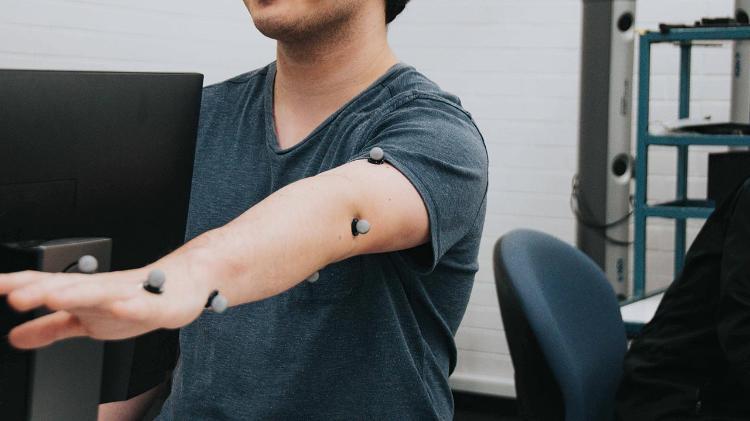
Restoring movement function following spinal cord injury relies on the ability for self-generated or external stimuli to induce adaptation within neural circuits around the site of injury. In collaboration with Prof Yasin Dhaher (University of Texas), we are investigating the capacity for such adaptations to be induced by non-invasive nerve and spinal cord stimulation, as well as the potential for endogenously produced hormones to augment these adaptations.
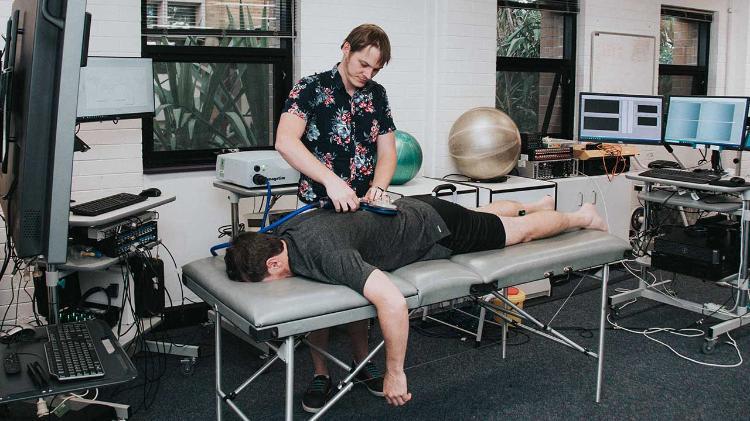
Implicit learning
Humans possess a remarkable ability to learn new motor skills and hold onto memories for those skills throughout our lifetime, such as riding a bicycle. However, learning such skills require the brain to solve a series of complicated problems associated with transforming incoming sensory information into descending motor commands. Despite the overwhelming computational complexities, a child can accomplish them effortlessly and with remarkable flexibility. Our research focuses on revealing the different computational processes involved in solving this motor control problem. Toward this goal, we have adopted multiple complementary strategies including motor psychophysics, computational modelling and non-invasive brain stimulation techniques. First, we use behavioral paradigms where visual feedback of hand movements is distorted to characterize how humans learn to compensate for such perturbations. Such approaches have the capacity to uncover how explicit movement strategies arise and interact with implicit motor adaptation during skill acquisition. Next, we develop computational models to analyse the behaviour during motor learning to gain theoretical insights into the consequence of the interactions between the two putative explicit and implicit systems for learning. Third, we leverage non-invasive brain stimulation such as transcranial magnetic stimulation to directly investigate the role of different neural systems for motor learning. Ultimately, we hope that our multi-faceted approach to understanding the different processes underlying motor learning may lead to development of novel neurorehabilitation protocols designed to guide learning towards different, but optimal learning for both normal persons and patients with specific clinical symptoms.
